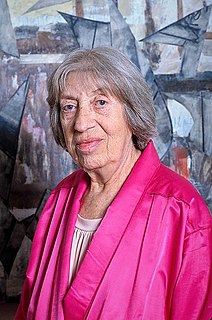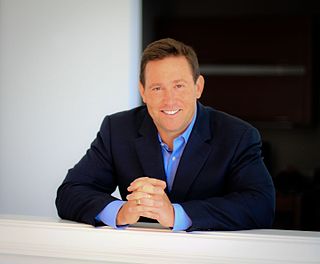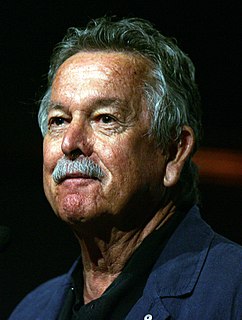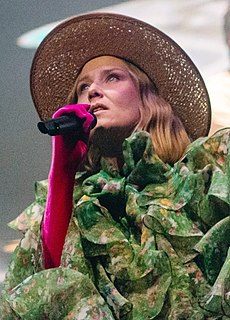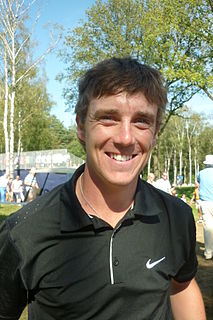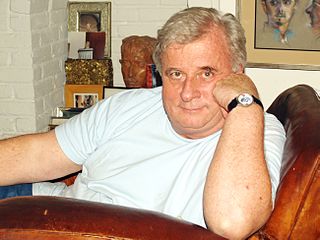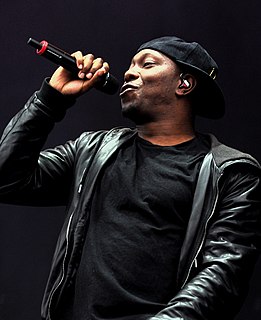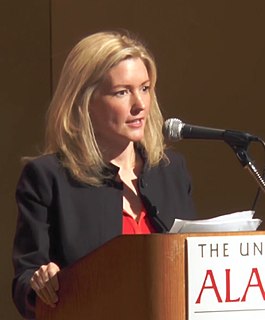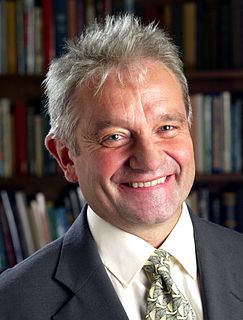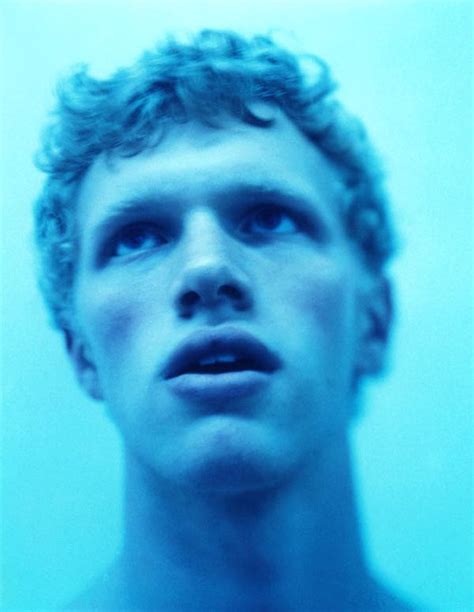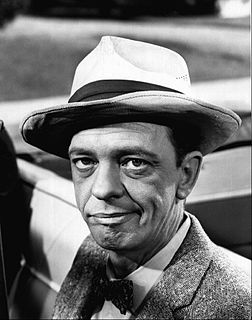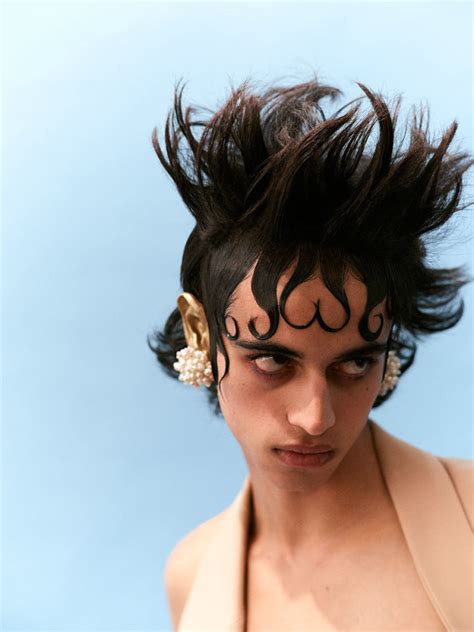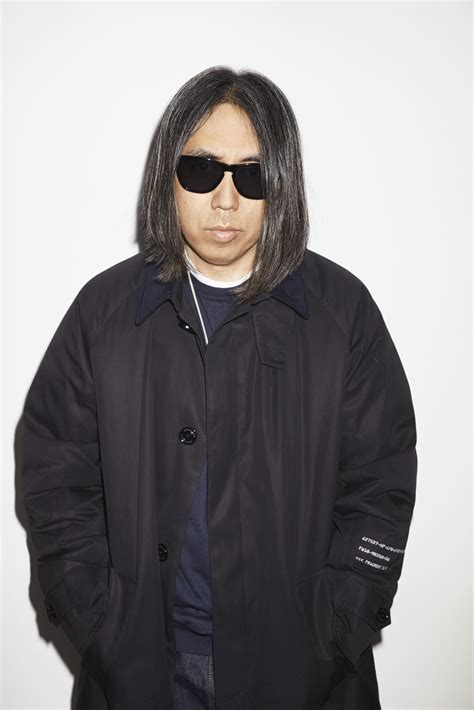A Quote by Lee Krasner
Well, I'd say that the beginning of this thing came through with Art of This Century, Peggy Guggenheim's, where she opened this gallery and began showing some things that caused a little talk, amongst a lot of other things.
Related Quotes
I was able to go over [Saxophone Competition] and work a little more in Europe. I'm thankful that those of kinds of things. Simultaneously, some nice things did come in. I got a nice festival that came in, in Virginia through that. There was a club that opened in DC in the famous Willard Hotel near the White House. And the club was called The Nest. I played there a few nights. Some musicians in Philly and D.C. kind of brought me down and got me on a couple things. So things opened up a little bit.
Art shouldn't be something that you go quietly into an art gallery and dip your forelock and say 'I have to be very quiet, I'm in here amongst the art.' It's here, art's everywhere. It's how you use your eyes. It's about the enjoyment of visual things. And it's certainly not for any one group of people.
Every round I have three little targets. Maybe it is just 'talk to myself properly' or 'stand up straight on the greens.' One day I might say, 'Don't talk to anyone.' On another I'll be a lot chattier. Or I might say, 'smile all the way round.' Little things. But little things turn into bigger things.
She said she’d often wondered why she wanted to do some things and not do other things at all. Well, it was obvious with some things, but for others, there was no reason there. She’d spent a long time puzzling it out, then she thought that what you’d done in a past life you didn’t need to do again, and what you had to do in the future, you wouldn’t be ready to do now.
It's the balance I'm trying to find - not being disconnected but giving myself some space to be in my world. I feel like I'm surrounded by friends of mine who are very different from one another but all care about similar things. We talk about this a lot, and I think that's probably the main thing - being surrounded by good people is the best way to stay in a solid head space. You want to be able to talk about these things, and be able to think things through and feel things through. That's helpful for me.
I thought about how to film something, how to take pictures of it and how to mix it all together. And I was getting that through Patti [Smith] - because she takes pictures, performs, writes; she does so many things, and that was a big inspiration to me. It helped me realized that I'm not just a fashion photographer. I wanted to do all these other artistic things as well, and during filming my mind opened up to those possibilities.
Maybe Japan itself is a little similar in that a lot of young people seem to have a little knowledge but not too much depth. I guess my perception of the art specialists in America or in Europe is that the art people are kind of mainly just the art people and that community is self-contained. But in Japan, it mixes with fashion and other things. I'm sure that many authentic art dealers or insiders didn't like the way that we presented our show in this very pop-y, accessible manner - just showing parts of our collections and selling prints and collaborative products.
